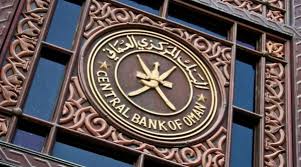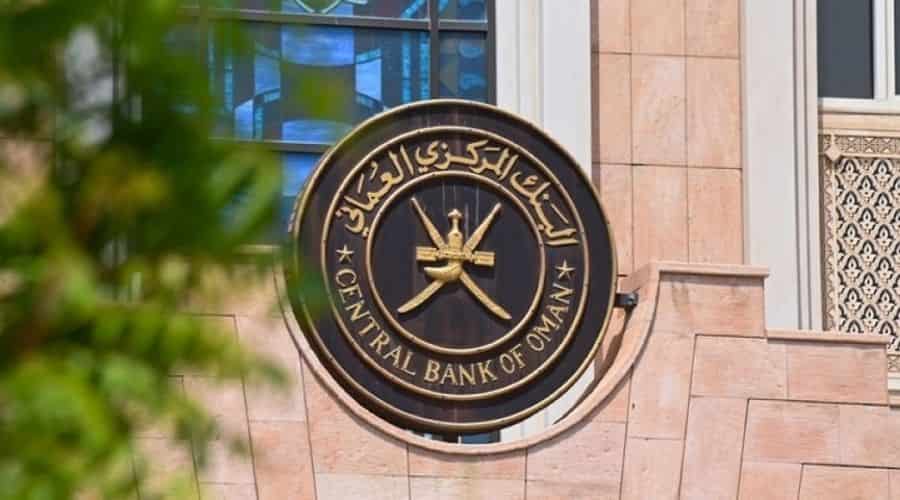In a decisive move that signals fresh vitality for the economy, the Central Bank of Oman (CBO) has reduced its repurchase agreement (repo) rate by 25 basis points, bringing it down to 4.50 % as of October 30, 2025. This adjustment comes as part of a wider global trend of monetary easing and is aligned with the Sultanate’s broader agenda to stimulate non-oil sectors, enhance credit flows and catalyse investment.
A Proactive Monetary Shift for Stability and Growth
By trimming the repo rate from its previous level of 4.75 %, the CBO has clearly signalled that it’s ready to support businesses and households by making borrowing less costly. The decision is especially noteworthy in light of the fact that the Omani rial remains pegged to the U.S. dollar, meaning the CBO must balance domestic funding costs with external currency stability.
This move serves multiple purposes: stimulating credit growth, supporting private-sector investment, underpinning consumption and ultimately reinforcing the economy’s diversification away from oil dependency.
What the Rate Cut Means for Businesses
For banks and financial institutions, the rate cut means lower funding costs from the central bank, which in turn creates room for banks to lend more competitively to the corporate and SME sectors.
For small and medium enterprises, startups and established businesses alike, this opens opportunities: expansion becomes more feasible, financing growth initiatives becomes less burdensome, and reinvestment of profits can be more strategic rather than reactive.
For entrepreneurs and innovators, this is fertile terrain improved liquidity, combined with supportive monetary policy, sets the stage for new ventures and amplified risk-taking in a measured way.
Implications for Consumers and Households
The rate cut doesn’t only benefit corporates. For households, lower bank rates often translate into more affordable credit—whether for mortgages, auto loans or personal financing. Increased disposable income and lower debt-servicing burdens can enhance consumer confidence and spending.
When consumers feel more secure borrowing and spending, it instigates a virtuous cycle: businesses respond by investing in production, hiring staff, and expanding services this underpins stronger employment and income gains across the board.

Strengthening the Non-Oil Growth Engine
One of the most critical dimensions of this policy shift is its alignment with the drive to develop the non-oil sector. Oman has long sought to lessen its exposure to oil revenues and build sustainable engines of growth in manufacturing, tourism, logistics, services and technology.
With cheaper credit flowing, companies operating outside the oil sector are better positioned to scale, upgrade infrastructure, adopt new technologies and tap into global value chains. This not only diversifies the economy but also strengthens its resilience to external shocks such as oil price swings.
Boosting the Investment Climate and Financial Markets
From an investment perspective, lower interest rates enhance the attractiveness of equities, private-sector bonds and other risk assets. When safer rates decline, investors are incentivized to seek higher returns in productive sectors this can raise the valuation of local companies, attract foreign investment and deepen capital markets.
Moreover, improved liquidity in the banking system means financial institutions are in a stronger position to underwrite projects, optimise asset-liability management and support regional growth strategies. For international investors watching Oman, this sends a clear signal: the local monetary authority is proactively managing policy to ensure dynamic growth.
Balancing Opportunity with Vigilance
While the upside is substantial, such policy decisions also require vigilance. As credit becomes easier, the risk of over-leverage rises—both for companies and households. Monitoring credit quality, assessing repayment capacities, and ensuring banks maintain prudent standards are all necessary safeguards.
Additionally, as the cost of borrowing falls, demand may spike, possibly putting pressure on inflation or asset valuations. The central bank and regulatory authorities must remain alert to any signs of overheating or systemic vulnerabilities.
The CBO’s policy must strike a delicate balance: stimulating growth without sowing the seeds of instability. Early signs suggest they are aware of that dual mandate.
A Signal to Regional and Global Markets
The threading of Oman’s monetary policy with broader global developments is worth emphasising. With the U.S. Federal Reserve and other central banks adjusting their stance, the CBO’s move confirms that Oman remains competitively aligned within the Gulf Cooperation Council (GCC) and globally.
This alignment helps maintain investor confidence, ensures stable exchange-rate dynamics (given the Rial’s peg to the dollar), and positions Oman favourably in the competitive race for investment flows into the region.

How Enterprises Should Respond Now
Business leaders and entrepreneurs in Oman should view this rate cut as both a signal and an opening.
• Review existing financing: Companies should evaluate their current debt structures if refinancing is possible at lower rates, it may be worth acting quickly.
• Accelerate growth plans: With cheaper credit, strategic investments in machinery, digital transformation or market expansion make more sense now.
• Monitor risks: Lower rates don’t eliminate risk; firms must remain disciplined in their growth and avoid over-stretching capital or running ahead of cash flows.
• Explore opportunity zones: Sectors previously constrained by cost or scale hurdles may now be viable—services, manufacturing, renewables, tech start-ups could all benefit.
What This Means for You (Regardless of Business Size)
Whether you’re a startup founder, a mid-sized company executive or a thinking consumer, the rate cut matters. It means financing costs are more favourable. It means that if you have aspirations expansion, purchasing property, investing in your business or personal goals the environment is more supportive.
It also means you should be proactive: don’t wait passively for better times seek out the opportunities this environment creates. Ask your bank about how this translates into your loans; ask your business how you can leverage it now.
The Bigger Picture: Anchoring Confidence
In many ways, the repo-rate cut is as much a signal as a policy instrument. It tells the world: Oman is forward-looking, ready to invest, ready to grow, and confident in its trajectory. For policymakers, investors and citizens alike, this builds confidence and confidence itself is a catalyst for economic momentum.
When the public, businesses and financial markets believe in steady policy, clear direction and purposeful decisions, they commit resources, hire people and spend fueling a self-reinforcing growth loop.
Final Thoughts: Seizing the Momentum
With the repo rate now at 4.50 %, the Central Bank of Oman has set the stage for renewed growth, liquidity and opportunity. The decision marks a proactive step towards boosting credit, empowering investment, stimulating consumption and reinforcing the non-oil economy.
But the real story will be in the execution how businesses respond, how households engage, how investors interpret this opening and how all stakeholders together turn policy space into real-world growth.
Now is the moment. For business owners, innovators, financiers and citizens alike this is an invitation to engage, invest and grow. The path is clearer. The support is stronger. The time to act is now.
Do follow Gulf Magazine on Instagram.
Also Read – Azerbaijan and Oman Strengthen Ties with Powerful New Economic and Cultural Partnership



